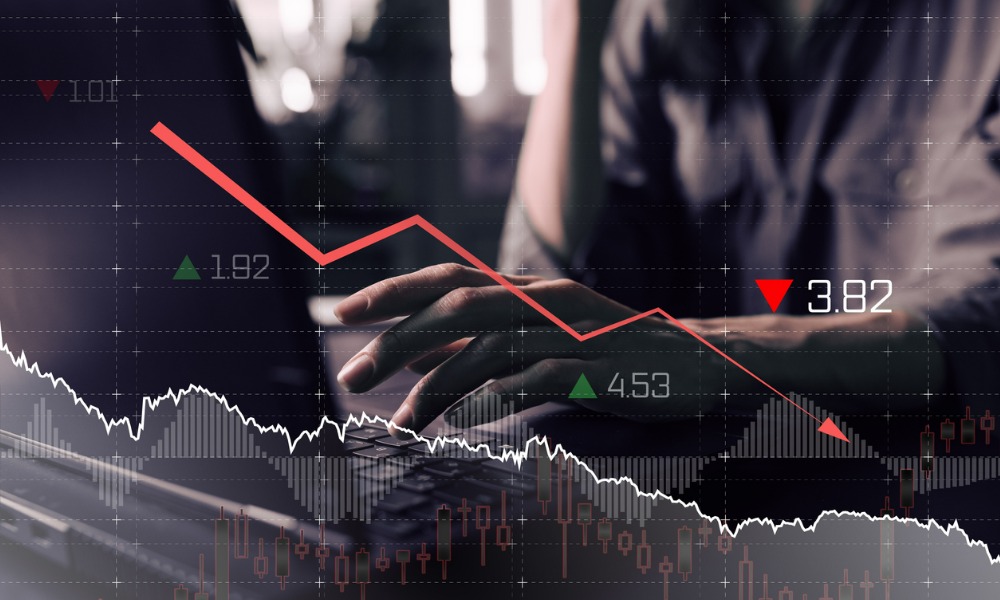Canadians consider these factors particularly "persistent"

A significant share of Canadian consumers indicated a belief that domestic factors are driving high inflation, with these elements seen as “more persistent” compared to global pressures, according to the Bank of Canada’s latest Survey of Consumer Expectations.
“Consumers perceive inflation to have decreased, and their expectations for price growth for some key goods such as food and gas have moderated,” the study noted.
“But near-term inflation expectations have barely changed. Persistently high expectations for inflation for services such as rent may be slowing progress in returning overall inflation expectations to where they were before the COVID‑19 pandemic.”
Of the domestic factors that Canadians consider as major inflation drivers during Q4, high government spending was the most frequently cited, followed by businesses trying to increase their profits, the BoC said.
“Most global factors, such as supply chain issues, have declined in importance since last quarter,” the study said. “A notable exception is global conflicts. This is likely because of the war in Israel and Gaza that started in October 2023.”
The OSFI highlighted domestic inflation above the Bank of Canada's target rate, subsequent monetary policy tightening, and elevated interest rates as significant developments.
— Canadian Mortgage Professional Magazine (@CMPmagazine) October 13, 2023
Read more: https://t.co/i4RUdD1boa#mortgageindustry #interestrates #economy
Due to these pressures, the BoC noted that expectations for long-term inflation have fallen further below the historical average.
“Consumers’ long-term expectations for inflation continue to be more varied than usual,” the study said. “Many respondents still expect prices to fall five years from now, while others think inflation could stay elevated in the long term.”
The BoC said that many Canadians do not expect inflation to actually reach the central bank’s 2% target, and instead is more likely to settle at a “new normal” of 3% to 5%.
“Consumers appear to be changing their behaviour in response to prolonged high inflation,” the BoC said. “They are more likely now than before the pandemic to pay attention to inflation, be concerned about increases in the cost of living, adjust their spending habits to lessen the impacts of high inflation, push for higher wages, [and] expect the prices of a range of goods and services to increase rapidly and at similar rates.”



